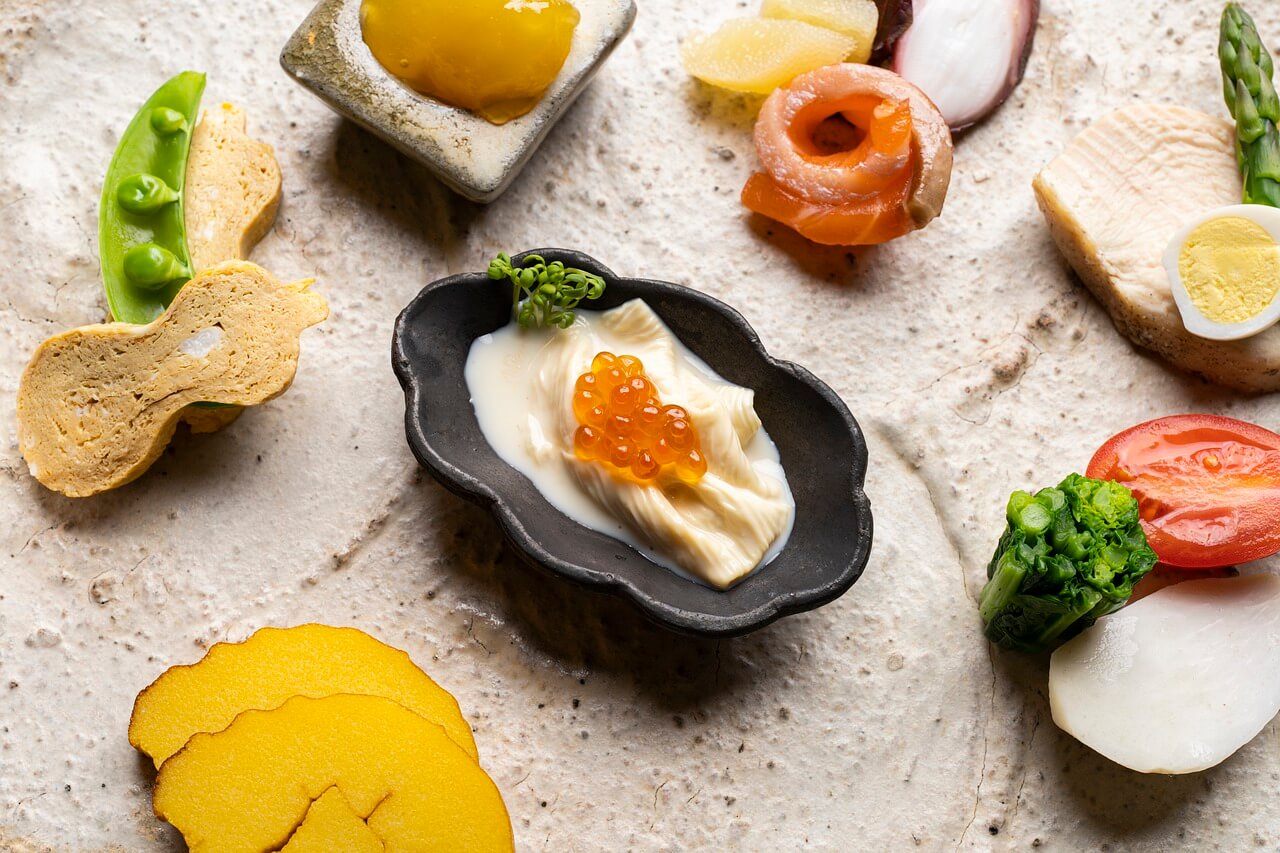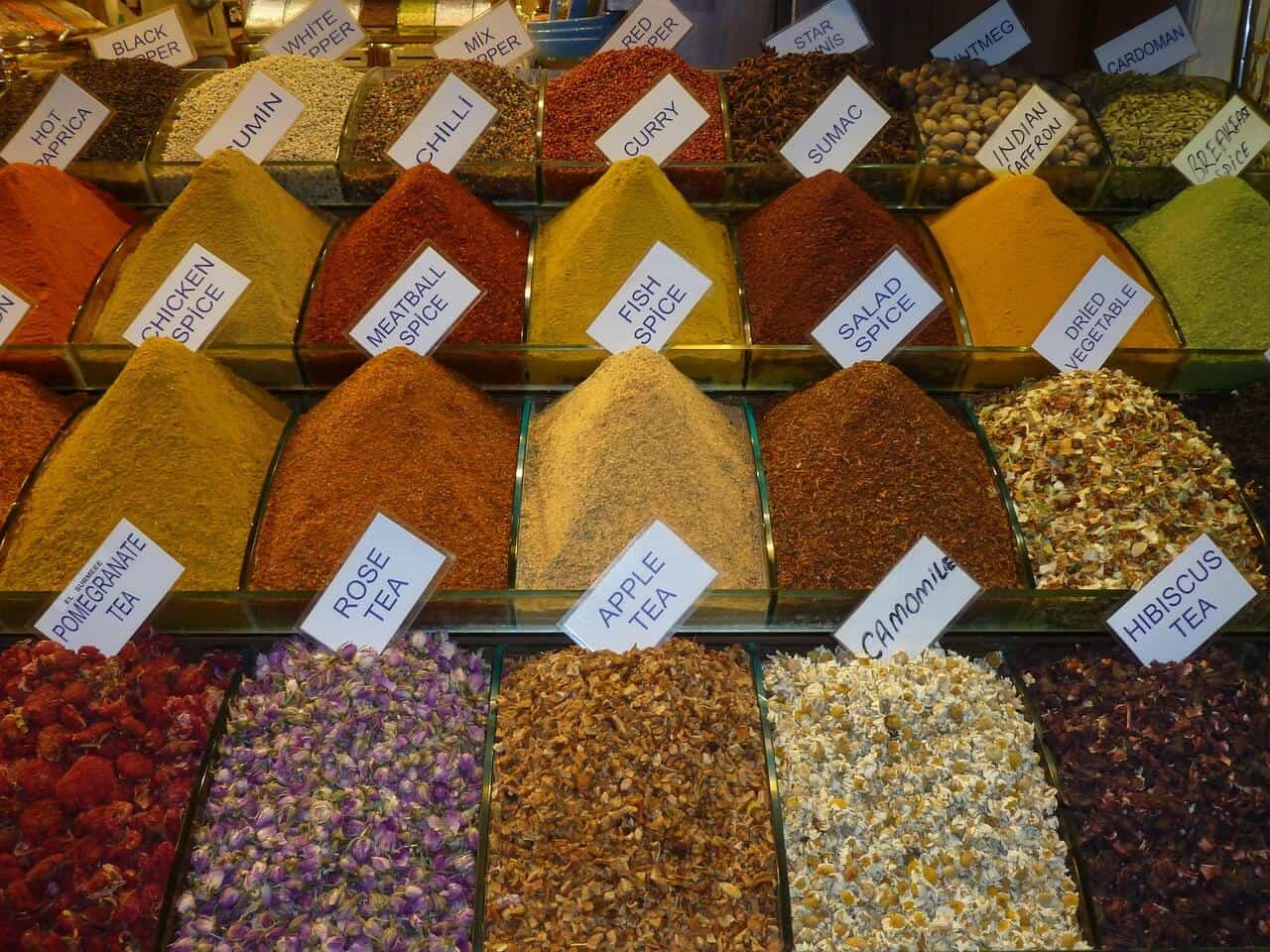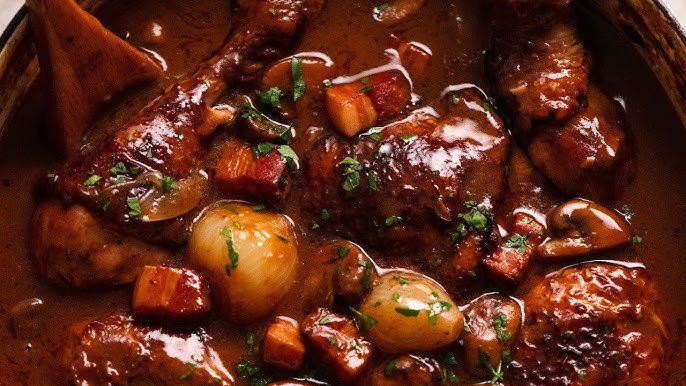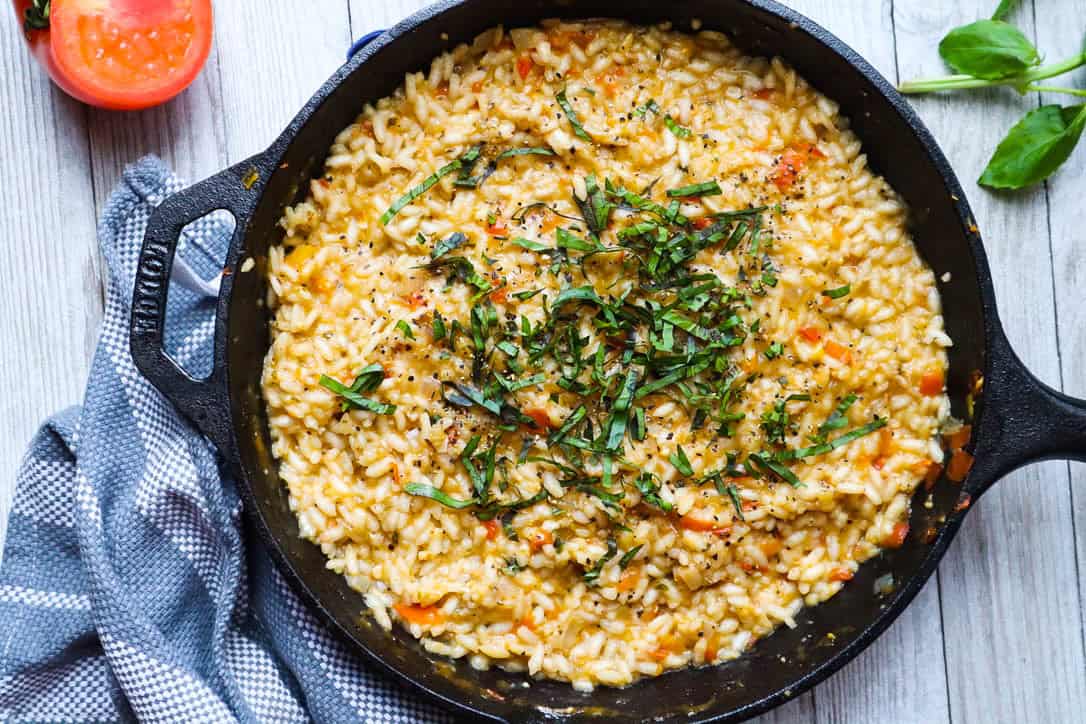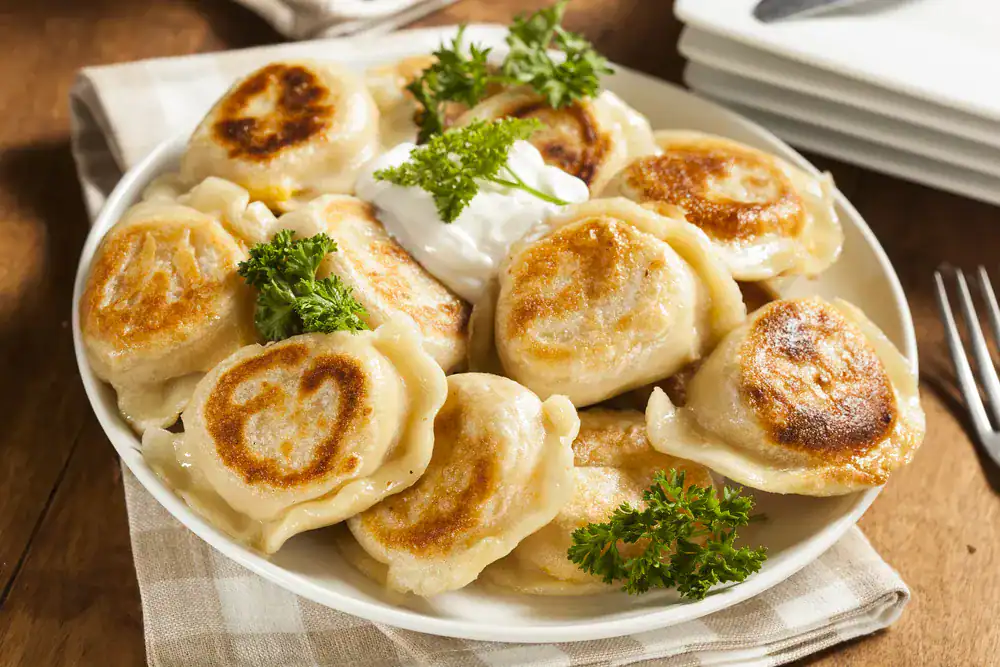Food has always been an evolving art form, influenced by culture, technology, and social trends. Over the decades, culinary preferences have shifted dramatically, reflecting economic changes, scientific discoveries, and the ever-changing palate of society. From the hearty meals of the early 20th century to today’s plant-based and globally inspired dishes, let’s take a journey through the most significant food trends that have shaped how we eat.
1920s: The Birth of Convenience
The 1920s saw the rise of convenience foods, largely influenced by industrialization and the increased use of refrigeration. With the end of World War I, processed foods became more widely available, and products like Wonder Bread and canned goods became household staples. The Prohibition era also led to the rise of underground speakeasies, where creative cocktail-making flourished.
1930s: The Great Depression and Simple Cooking
The Great Depression forced many families to adapt to limited resources. Dishes such as meatloaf, casseroles, and soups were popular because they could stretch ingredients further. Home cooks relied on cost-effective staples like beans, potatoes, and cornbread to create hearty meals.
1940s: Wartime Rationing and Resourcefulness
World War II brought food rationing, which meant that home cooks had to get creative. Victory gardens, which encouraged people to grow their own produce, became widespread. SPAM and powdered milk became common, and recipes focused on making the most of limited ingredients.
1950s: The Rise of Processed and Packaged Foods
With the post-war economic boom, the 1950s introduced many pre-packaged and frozen meals. TV dinners, boxed cake mixes, and instant coffee became household staples. The decade also saw an increase in fast food chains, with McDonald’s opening its first franchise in 1955. It was an era of convenience and efficiency in the kitchen.
1960s: The Influence of International Flavors
The 1960s marked a shift towards more diverse flavors. As international travel became more accessible, people were exposed to global cuisines. Italian, Chinese, and Mexican foods became more common in American households. Fondue parties, Jell-O molds, and tiki-themed drinks were trendy. Julia Child also introduced French cuisine to a wider audience with her television show and cookbook.
1970s: The Health Food Movement Begins
The 1970s saw the birth of the natural food movement, with a focus on whole grains, organic produce, and vegetarianism. Granola, tofu, and brown rice gained popularity as people became more health-conscious. At the same time, convenience foods like Hamburger Helper and instant ramen continued to thrive.
1980s: The Era of Indulgence and Fast Food Expansion
The 1980s embraced bold flavors, indulgence, and an increase in fast food culture. Microwave meals, frozen pizza, and sugary cereals were heavily marketed. Sushi gained popularity in the U.S., while dishes like pasta primavera and blackened fish became restaurant staples. It was also the decade of diet foods, with an increase in low-fat and sugar-free products.
1990s: The Rise of Fusion Cuisine and Coffee Culture
The 1990s introduced fusion cuisine, blending flavors and ingredients from different cultures. Tex-Mex, Asian-fusion, and gourmet pizza became widely popular. It was also the era of the coffee shop boom, with Starbucks expanding rapidly and bringing specialty coffee drinks into the mainstream. Additionally, bottled water and energy drinks surged in popularity.
2000s: Superfoods and Organic Eating
The early 2000s were marked by a focus on health and wellness. The organic food movement grew, and terms like “superfoods” became mainstream. Ingredients like quinoa, acai berries, and kale became widely sought-after. At the same time, reality cooking shows like Iron Chef and Top Chef made gourmet cooking more accessible and popularized the concept of farm-to-table dining.
2010s: The Age of Social Media and Plant-Based Eating
With the rise of Instagram and food bloggers, visually appealing meals became just as important as taste. Avocado toast, smoothie bowls, and rainbow-colored foods went viral. Vegan and plant-based eating also gained momentum, with brands like Beyond Meat and Impossible Foods creating plant-based meat alternatives. Meal delivery services and food subscription boxes grew in popularity, offering convenience and variety.
2020s: Sustainability and Global Flavors
Today, food trends continue to evolve with an emphasis on sustainability and global flavors. Plant-based diets are more mainstream, and consumers are increasingly interested in sustainable food choices. Fermented foods like kimchi and kombucha have gained popularity for their gut health benefits, while air fryers and instant pots have revolutionized home cooking. Additionally, cultural appreciation has led to a greater exploration of traditional dishes from around the world, making global flavors more accessible than ever.
Conclusion
Food trends reflect the social, economic, and technological shifts of each decade. From convenience foods of the past to today’s emphasis on health and sustainability, the way we eat is constantly changing. As we look forward, one thing remains certain—food will continue to be a central part of culture, bringing people together and evolving with the times.

